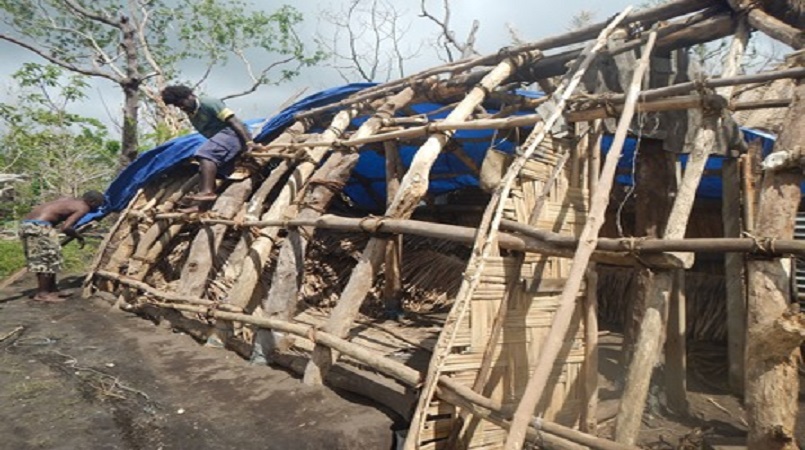
A senior lecturer at The University of the South Pacific was part of a team at the Disaster Prevention Research Institute at Kyoto University in September 2015, to find out the effectiveness of traditional cyclone shelters on Tanna Island in Vanuatu.
Dr Eberhard Weber is a senior lecturer in Geography, Earth Science and Environment as well an expert in social science research on natural hazards and disasters. Previously he has conducted research in the Solomon Islands after the 2007 tsunami and in Samoa after the 2009 tsunami.
Dr Weber is confident that disaster preparedness and people’s resilience will increase when they make more use of their traditional knowledge.
He said people have realised that the comfort and prestige of having modern houses are high, but cyclone protection is not.
In the aftermath of TC Pam many modern houses on Tanna Island were without roofs and building material to replace them brought from outside Vanuatu hence causing supply to be much lower than demand.
However traditional houses were rebuilt soon after the disaster. Building material provided by nature was readily available and people’s knowledge in building traditional houses helped a lot.
In many villages, traditional cyclone shelters were the only houses that survived the cyclone.
“It is evident that people’s traditional knowledge, early warning and disaster preparedness helped to prevent more losses of human life,” Dr Weber said.
“An important aspect of research undertaken is how to improve traditional cyclone shelters making them more comfortable and durable,” he noted.
